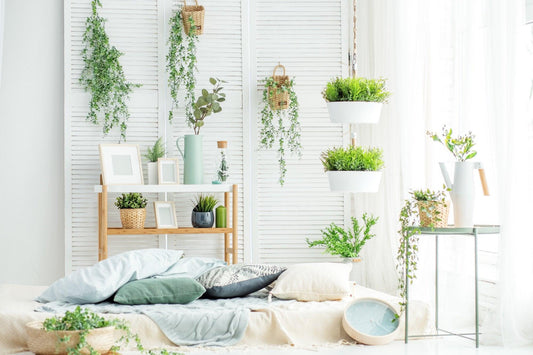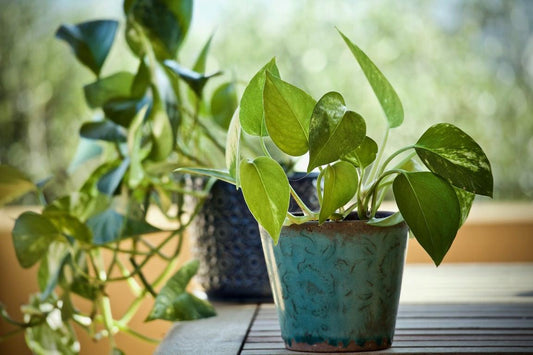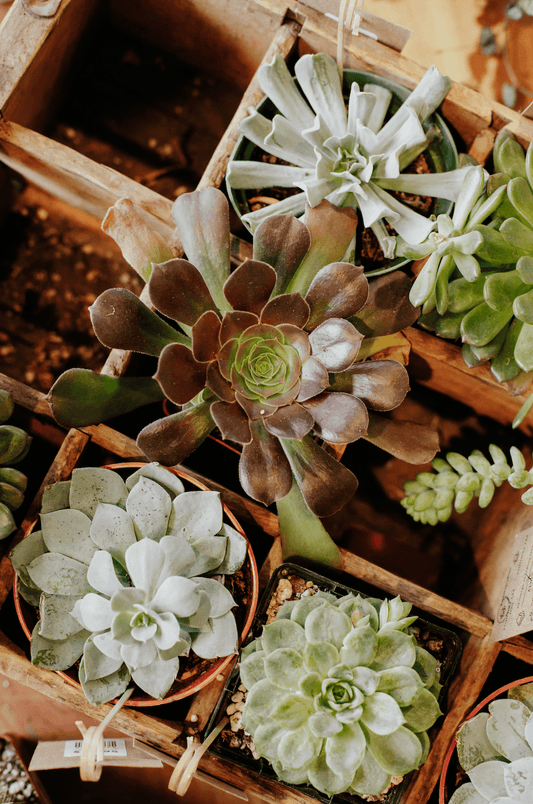Zz Plant
How to Care for the Zz Plant
Overview
Also known as Zamioculcas Zamifolia, Zanzibar gem, or Zulu plant, this attractive, Instagram-famous ornamental plant has long been popular among collectors due to its glossy dark green leaves and wand-like stems, which give them a feathered appearance. They’re perfect for busy owners as well, as they are able to tolerate neglect to a certain extent, surviving for weeks without water and thriving pretty much anywhere, except in direct sun. They can grow to about 2 to 3 feet high, making them easy to keep in indoor locations such as homes and offices.


Profile
These plants are rather slow growers, stretching up several inches in a season, and generating a couple of new stems in a year. ZZ Plants can last you a long time, though, with some even being passed down in families as an heirloom of sorts. They propagate in two main ways: via division and stem cuttings. Division involves separating the rhizomes whenever you repot, and placing them in separate pots. Using the stem cutting method takes awhile longer, as you may have to wait for several months to see roots grow.
ZZ Plants are, in fact, poisonous. Calcium oxalate is present in all parts of the plant structure—leaves, stems, roots, and even rhizomes—causing skin irritation such as rashes and itchiness. Ingestion can cause vomiting or diarrhea, so keep them away from children and pets, and always wash your hands after handling, especially if your skin comes into contact with the sap.




Low light
Considered as one of the best plants for brown thumbs, these plants are remarkably easy to care for, and are nearly impossible to kill. They do best in bright to moderate light, and will survive near extreme low-level conditions such as those of windowless office spaces or even bathrooms lit only by fluorescent light. They do not, however, take to cold temperatures well—nothing below 45 degrees Fahrenheit—and react negatively to drafty areas.

Occasional
It is, however, important to note that you should never overwater them, as this may be the one way to actually kill this plant. Due to how their rhizomes can hold and retain water, ZZ Plants are extremely drought tolerant. Water only when the soil has dried out; it can survive weeks to months without water, but make sure to water it once the soil dries out completely—once every two weeks or so, depending on your plant.

Easy breezy
They only require repotting once they have outgrown their containers, which happens when the rhizomes start pressing up from under the soil or warping the pot.
FREQUENTLY ASKED QUESTIONS (FAQs)
on Zz Plant
How can I tell that I’m overwatering my ZZ Plant?
There are several visible indicators, among which are yellow leaves, drooping stems, and browning tips. If your plant is getting too much direct sunlight, the yellowing and browning may be signs of leaf scorching instead.
Why isn’t my ZZ Plant growing new leaves?
This could be due to insufficient light or cold temperatures. Adjusting based on your plant’s preferences should solve this problem.
How should I clean my ZZ Plant’s leaves?
Their naturally shiny leaves can collect dust over time. Wipe debris away with a damp washcloth to restore shine, but keep in mind to avoid using any commercial leaf shine product that may clog your plant’s pores.




